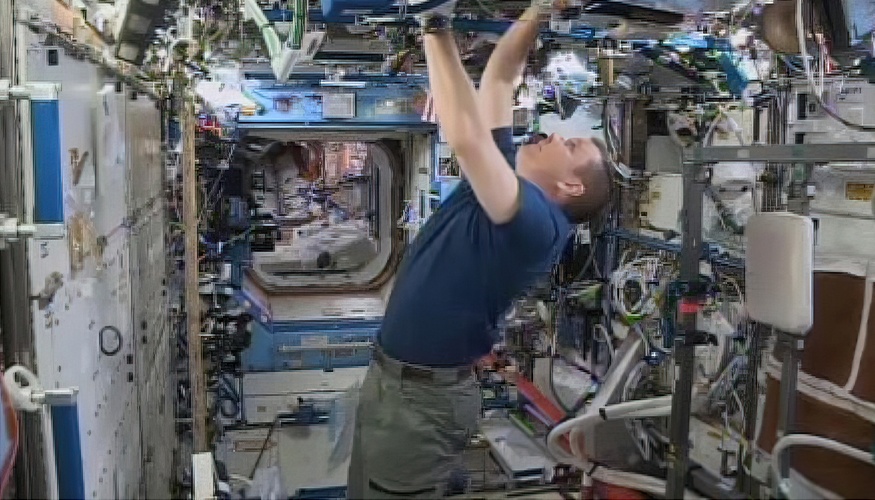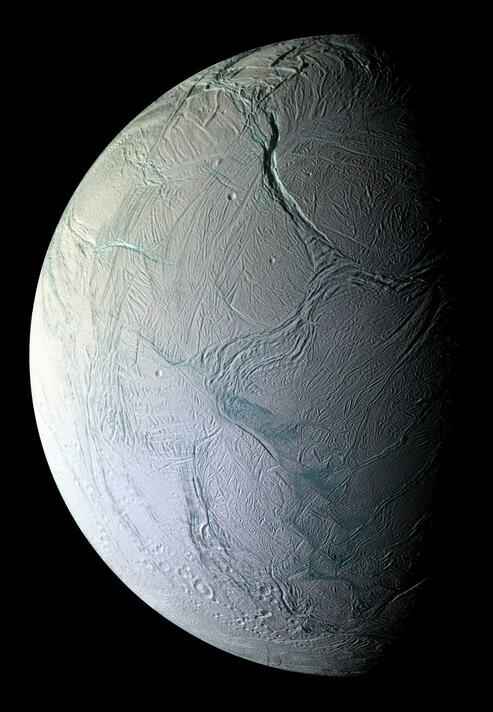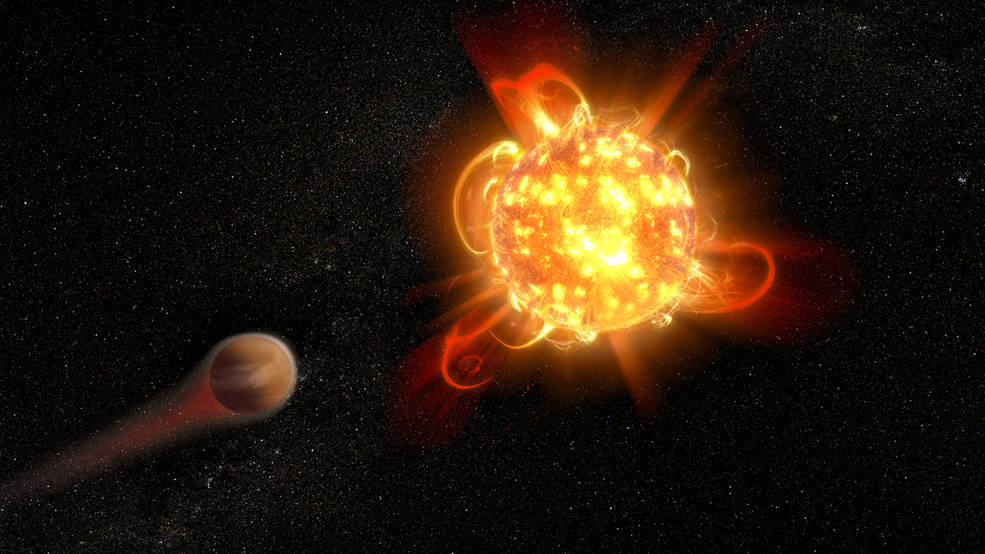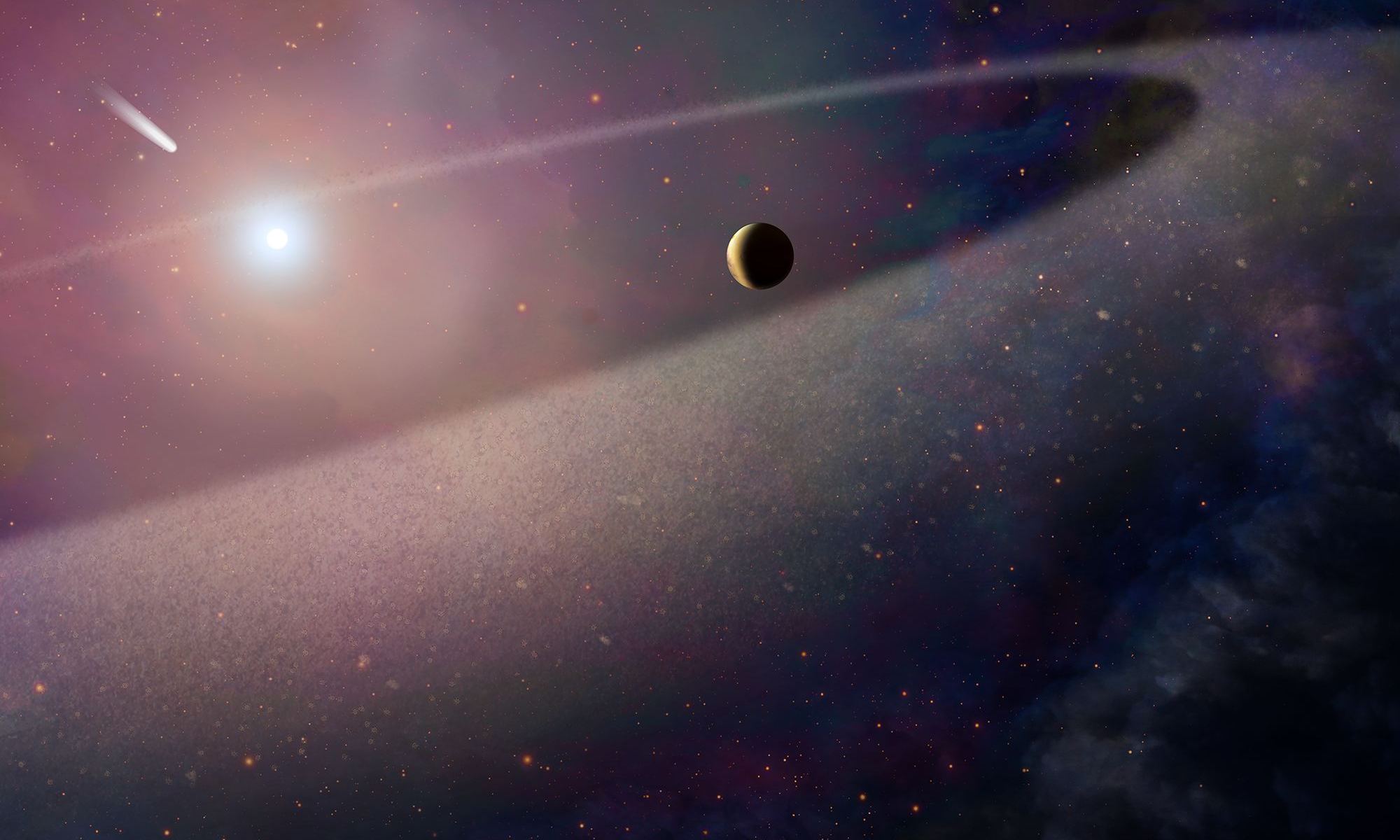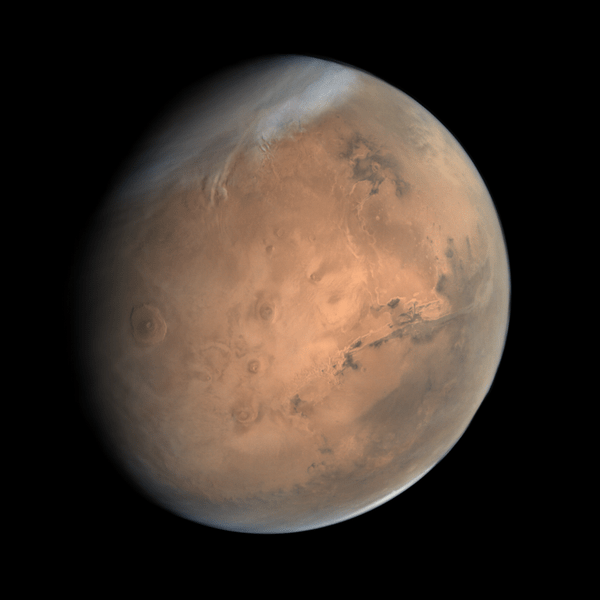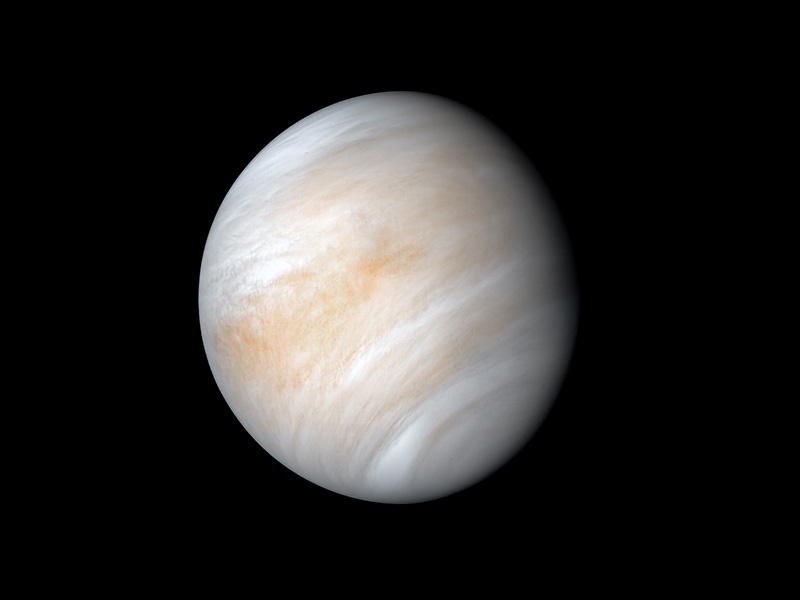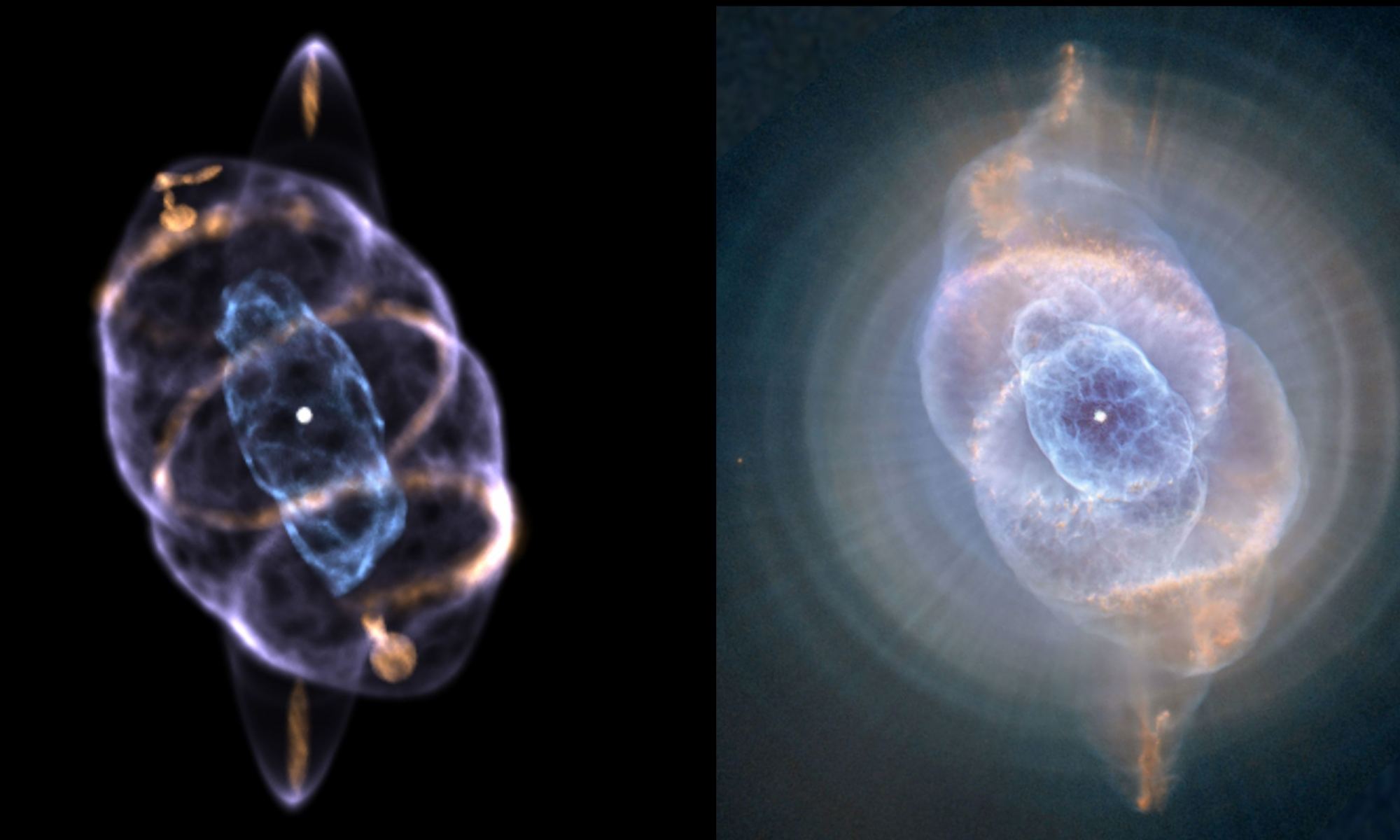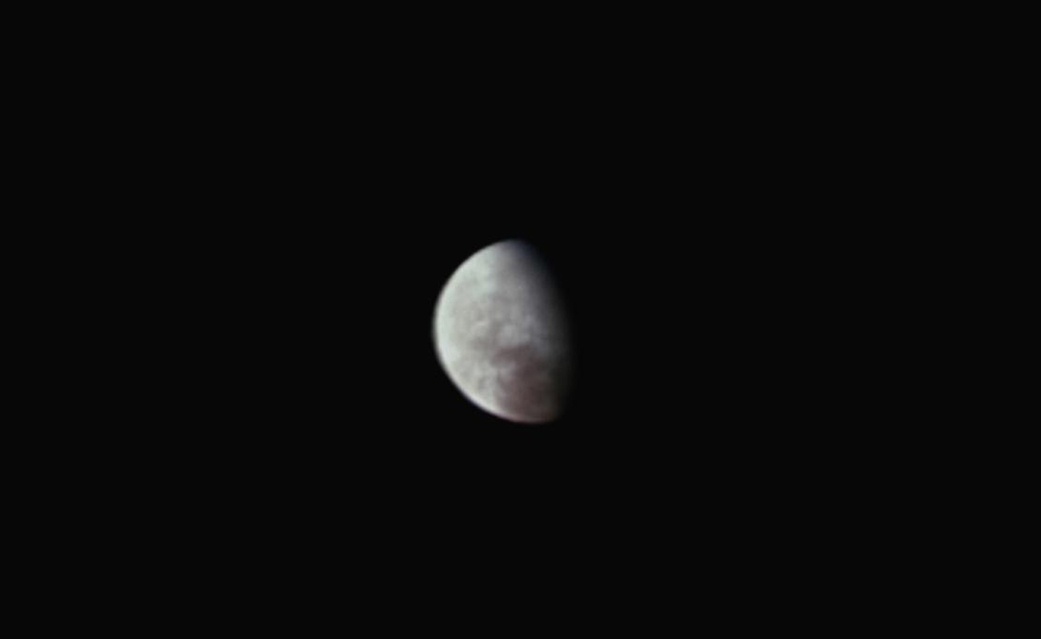In a recent study published in Microbiome, a team of researchers led by NASA’s Jet Propulsion Laboratory conducted a five-year first-of-its-kind study investigating the microbiome (environmental profile) of the International Space Station (ISS). The purpose of the study was to address “the introduction and proliferation of potentially harmful microorganisms into the microbial communities of piloted spaceflight and how this could affect human health”, according to the paper.
Continue reading “The International Space Station Gets a Clean Bill of Health. Despite a Few Opportunistic Microbes, the Station is “Safe” for Astronauts”Would Mark Watney Have Survived in Real Life, and What This Can Teach Us About Sending Humans to Mars

We want to send humans to Mars eventually, and while this will be both a historic and exciting journey, it could also be tragic and terrible, and we must also address the potential pitfalls and risks of such an adventure. The intent behind this is to allow fans of space exploration to consider the full picture of such an endeavor. The good, the bad, and the ugly.
Continue reading “Would Mark Watney Have Survived in Real Life, and What This Can Teach Us About Sending Humans to Mars”Will Enceladus finally answer, ‘Are we alone?’
We recently examined how and why the planet Mars could answer the longstanding question: Are we alone? There is evidence to suggest that it was once a much warmer and wetter world thanks to countless spacecraft, landers, and rovers having explored—and currently exploring—its atmosphere, surface, and interior. Here, we will examine another one of Saturn’s 83 moons, an icy world that spews geysers of water ice from giant fissures near its south pole, which is strong evidence for an interior ocean, and possibly life. Here, we will examine Enceladus.
Continue reading “Will Enceladus finally answer, ‘Are we alone?’”Another Reason Red Dwarfs Might Be Bad for Life: No Asteroid Belts
In a recent study accepted to The Astrophysical Journal Letters, a team of researchers at the University of Nevada, Las Vegas (UNLV) investigated the potential for life on exoplanets orbiting M-dwarf stars, also known as red dwarfs, which are both smaller and cooler than our own Sun and is currently open for debate for their potential for life on their orbiting planetary bodies. The study examines how a lack of an asteroid belt might indicate a less likelihood for life on terrestrial worlds.
Continue reading “Another Reason Red Dwarfs Might Be Bad for Life: No Asteroid Belts”Webb Can Detect Planets Orbiting White Dwarfs, And Maybe Even See Signs of Life
In a recent study accepted to the Monthly Notices of the Royal Astronomical Society, an international team of researchers led by Texas A&M University investigate how the James Webb Space Telescope (JWST) can detect a variety of exoplanets orbiting the nearest 15 white dwarfs to Earth using its Mid-Infrared Instrument (MIRI) Medium Resolution Spectrograph (MRS). This study holds the potential to expand our knowledge of exoplanets, their planetary compositions, and if they can support life.
Continue reading “Webb Can Detect Planets Orbiting White Dwarfs, And Maybe Even See Signs of Life”Will Mars finally answer, ‘Are we alone?’
We recently examined how and why the planet Venus could answer the longstanding question: Are we alone? Despite its harsh environment on the surface, its atmosphere could be hospitable for life as we know it. Here, we will examine the planet Mars, aka the Red Planet and the fourth planet in our solar system, which has been marveling sky watchers from ancient times to the present day.
Continue reading “Will Mars finally answer, ‘Are we alone?’”Will Venus finally answer, ‘Are we alone?’
We recently examined how and why Saturn’s largest moon, Titan, could answer the longstanding question: Are we alone? It’s the only moon that possesses a thick atmosphere and the only planetary body other than Earth (so far) that has liquid bodies on its surface. These characteristics alone make Titan an enticing location to search for life beyond Earth. In contrast, what if life were to be found in one of the unlikeliest of places and on a planet that is known to possess some of the harshest conditions ever observed?
Continue reading “Will Venus finally answer, ‘Are we alone?’”Astronomers Simulate the Cat’s Eye Nebula in 3D
In a recent study published in Monthly Notices of the Royal Astronomical Society, an international team of researchers led by Stanford University have produced the first computer-generated 3D model of the Cat’s Eye Nebula, which unveiled a symmetric pair of rings that enclose the outer shell of the nebula. This study holds the potential for helping us better understanding the nebula’s makeup and how it formed, as the symmetric rings provides clues that they were formed from a precessing jet, which produces strong confirmation that a binary star exists at the nebula’s center.
Continue reading “Astronomers Simulate the Cat’s Eye Nebula in 3D”NASA’s Juno To Skim the Surface of Jupiter’s Icy Moon Europa
This next week will mark a scientifically valuable achievement for NASA’s Juno mission, as the pioneering spacecraft is slated to fly within 358 kilometers (222 miles) of Jupiter’s icy moon Europa on September 29 at 5:36 a.m. EDT (2:36 a.m. PDT) as part of its extended mission to explore the Jupiter system. A flyby this close to Europa’s surface will allow Juno to acquire some of the highest-resolution images ever taken of the icy moon. For context, the last mission to explore Europa in depth was NASA’s Galileo spacecraft, which got within 351 kilometers (218 miles) of the surface on January 3, 2000.
Continue reading “NASA’s Juno To Skim the Surface of Jupiter’s Icy Moon Europa”Musk Suggests That Starship Will Probably Make an Orbital Flight in November
SpaceX Founder and CEO Elon Musk recently took to Twitter and hinted that the much-anticipated Starship—currently undergoing upgrades in preparation for its upcoming maiden flight—could launch as soon as November.
Responding to a question from a curious Twitter account asking about updates for Starship’s orbital flight date, Musk responded, “Late next month maybe, but November seems highly likely. We will have two boosters & ships ready for orbital flight by then, with full stack production at roughly one every two months.” As usual, his tweet garnered thousands of likes and hundreds of retweets.
Continue reading “Musk Suggests That Starship Will Probably Make an Orbital Flight in November”
